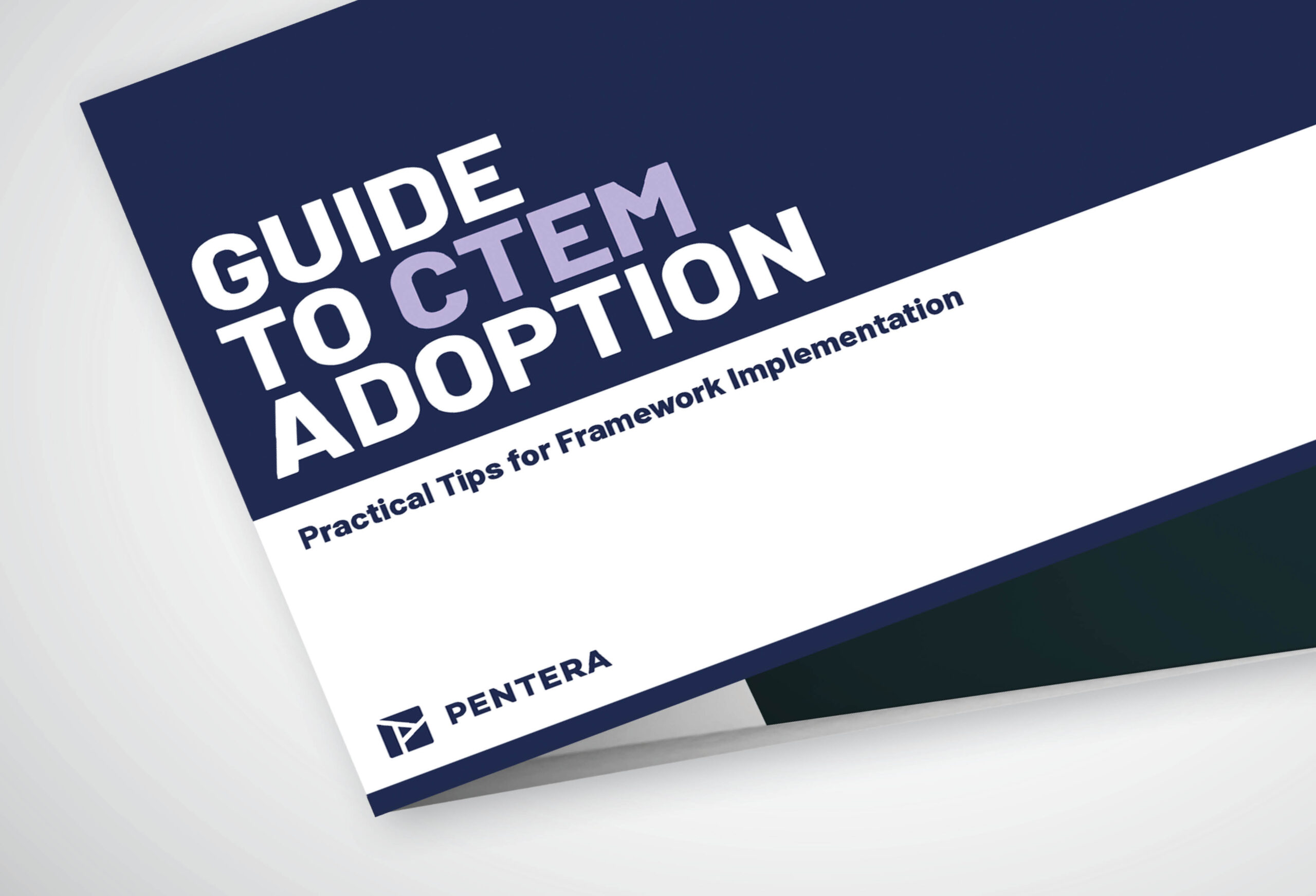What is Enumeration?
In cybersecurity, the term “enumeration” refers to a cyber reconnaissance process whereby attackers attempt to gather information about a target system or network. During this process, the attacker systematically queries the target system or network to extract valuable information about it, including host IP addresses, subnet details, DNS information, usernames, software versions, and open ports, among other details.
In Automated Penetration Testing, Enumeration identifies and details resources within a network that could be exploited, from open ports to network shares and users.
How is enumeration used in cyber attacks?
Enumeration is a critical component of cyber reconnaissance because it provides would-be attackers with insights into the topology and security of their target environment.
By identifying open ports, active hosts, and available services, enumeration enables attackers to effectively map potential entry points and determine which vulnerabilities to exploit during an attack. Additionally, enumeration allows attackers to retrieve other useful information about user accounts, network infrastructure, and configurations, which helps to provide a platform for more effective, targeted attacks.
What are the different types of enumeration?
Three primary types of enumeration are employed by cyber adversaries, each of which serves a slightly different function in cyber reconnaissance. These are network enumeration, service enumeration, and user enumeration.
- Network Enumeration: An attacker scans a target network using discovery protocols such as ICMP and SNMP to gather information about active IP addresses, devices, and users, mapping network infrastructure to identify potentially exploitable vulnerabilities.
- Service Enumeration: The attacker scans for active services, applications, and open ports on the target systems, as well as relevant configurations and versions. This enables the attack to find out about possible security gaps and attack vectors.
- User Enumeration: The attacker identifies usernames and accounts on the target systems, ascertaining where valid users exist on applications. This can facilitate the deployment of brute-force attacks to retrieve credentials, which can lead to unauthorized access, lateral movement, and privilege escalation.
How can enumeration be detected and prevented?
As part of a proactive security approach, organizations should be vigilant to detect and prevent enumeration. Effective methods for detecting and preventing enumeration include:
- deploying strong access controls and comprehensive password policies;
- employing firewalls in conjunction with network segmentation;
- implementing network monitoring technologies like intrusion detection systems (IDS) and intrusion systems (IPS);
- addressing identified vulnerabilities with regular updates and patches.
When applied together, these practices can help organizations defend against enumeration to restrict the intelligence available to would-be attackers.
Counteracting enumeration for intelligent cyber defense
As a core component of cyber reconnaissance, enumeration is critical to how attackers gather the intelligence they need to mount attacks, and for that reason, organizations must remain vigilant against it. By understanding the different types of enumeration and their functions, organizations can implement appropriate measures to counteract them, thereby maximizing their resilience and strengthening their overall security posture.
What are the risks associated with enumeration?
Since enumeration provides attackers with intelligence about target systems and can inform a range of attack types, it carries some significant risks for organizations. Chiefly, these include unauthorized access, credential exposure, lateral movement, privilege escalations, and data breaches, among others.
What are the legal and ethical considerations of enumeration?
There are legal and ethical concerns associated with enumeration. In some cases, scanning an organization’s network without expressed authorization may be considered a violation of security, privacy, or data protection regulations. Additionally, when using enumeration on their own systems for security processes like vulnerability assessments, organizations should also take care to follow legal and ethical guidelines by protecting user privacy, disclosing vulnerabilities, and maintaining complete transparency with stakeholders.
Why is understanding enumeration important in cybersecurity?
Understanding enumeration is important in cybersecurity because it gives organizations insight into the avenues of attack available to cyber adversaries. By learning about enumeration techniques and implementing proactive security measures, organizations can identify and mitigate potential vulnerabilities and security risks before real attacks can take place. In doing so, they can safeguard sensitive data and strengthen their security posture to better protect against evolving threats.
Understand enumeration risks.
Learn how enumeration can expose vulnerabilities and how to mitigate them.


